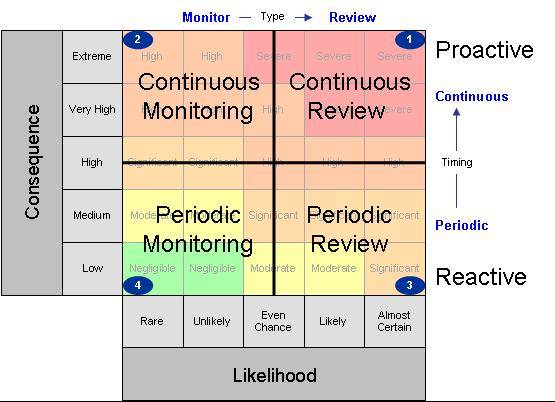As someone who has worked in the IT industry for many years, I have realized that technology is far from perfect. In fact, I would go so far as to say that everything sucks when it comes to technology.
IT professionals constantly deal with a never-ending barrage of issues, from unexpected hardware failures to software bugs and infrastructure breakdowns. It is Murphy’s Law all the way.
And while we often joke about the shortcomings of operating systems like Windows, even the most reliable and robust systems like Linux are not immune to bugs and glitches. The sheer complexity of software development means that dozens of bugs are likely lurking in every thousand lines of code, making it impossible to catch them all.
It is everything
But it’s more than just problematic software. Even the best hardware can fail unexpectedly, despite companies spending large sums on the latest and greatest equipment. Mean Time Between Failures (MTBF) might offer some guidance, but it’s often a source of delusion rather than certainty.
And when it comes to infrastructure, the fragility of the Internet can be mind-boggling. For example, one broken fibre cable in Egypt caused widespread disruption to millions across Africa, the Middle East, and South Asia. Given the countless potential points of failure and the constant threat of cybercriminals, it’s a miracle that the Internet works at all.
And let’s not even go into all the problems around Border Gateway Protocol (BGP), which is a fundamental protocol that helps keep the Internet running. It is based on trust rather than security. This means that every network operator must trust the information provided by others, even if they have no direct relationship with them. What could possibly go wrong, right?
But not all is lost
Despite all these challenges, there are ways to mitigate the risks and prepare for the worst.
It’s important to perform risk analyses and prioritize resources accordingly. While protecting against every potential threat is impossible, it’s crucial to focus on the most significant risks and allocate resources accordingly.
Performing risk analysis is a critical step for any IT professional in preparing for the worst. It involves identifying potential risks and evaluating the likelihood of those risks occurring, as well as the potential impact they could have. By conducting a risk analysis, IT professionals can better understand where their systems and infrastructure are vulnerable and prioritize resources accordingly.
Risk Matrix
One common risk analysis method uses a risk matrix, which assigns likelihood and impact scores to various risks to determine their overall risk level. Once the risks have been identified and evaluated, IT professionals can develop strategies to mitigate them and prepare for the worst.
For example, if a company relies heavily on a particular system, it might identify the failure of that system as a significant risk. They could then develop a backup plan, such as having redundant systems or backup servers, to minimize the impact of a potential failure.
It is a continuous process
It’s important to note that risk analysis is an ongoing process. Risks can change over time, and new ones can emerge, so it’s essential to regularly review and update risk analyses to ensure that IT professionals are always prepared for the worst.
IT professionals must acknowledge technology’s flaws and take action to prepare for potential risks. By performing risk analyses and prioritizing resources, we can develop effective strategies to minimize the impact of unexpected challenges and ensure critical systems remain operational. Let’s make risk analysis and mitigation strategies a priority in our work and ensure technology works for us.

